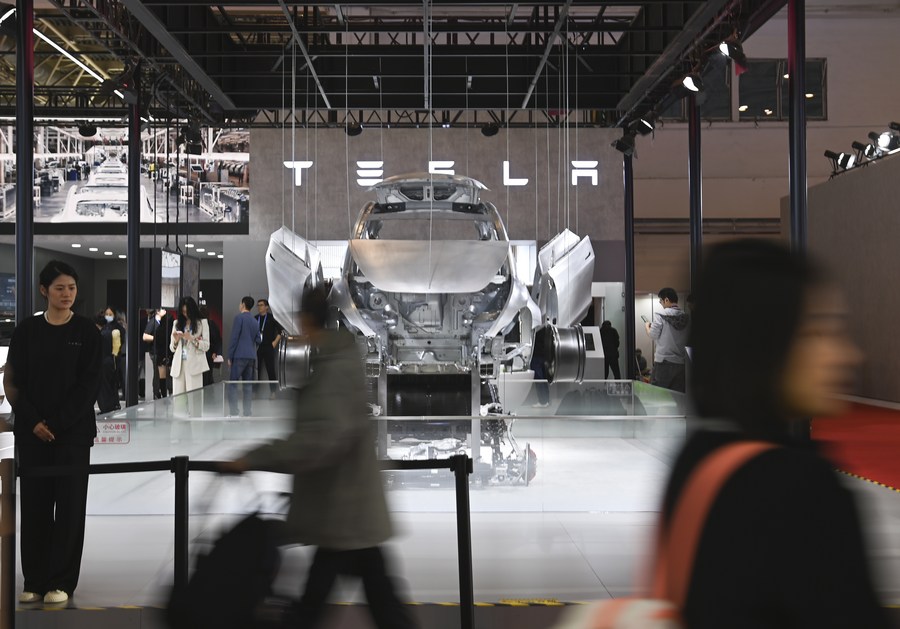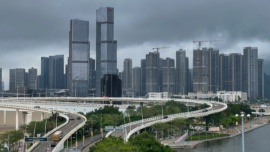
Sandro Mendonça
Professor, Iscte Business School (Portugal)*
For long it was thought that Chinese culture and political system were incompatible with the perpetual style of dynamic change that characterises western-type modern economic growth. For many years, it was believed that the Chinese economy could only churn out low-tech, labour-intensive goods.
Then, by 2008 China surpassed the US in industrial value-added, replaced Germany as the global top exporter in 2009, its intellectual property office became the busiest in the world when in 2011 in terms of patent applications, and achieved the rank of largest economy in purchasing-power-parity in 2014 (this was ten years ago so let us stop counting here).
The recent performance of the Chinese economy is not just a story of scale. It also a story of scope, since it continuously widened its range of products (and services). Additionally, it has been consistently climbing up the value chain. In other words, Chinese development is not just about quantity (volume) … it is about new qualities (variety) and more quality (value).
The Chinese economy has proven itself to be innovative, that is say, able to break new ground and surpass itself through science and technology. But not all innovations are the same: and the pulse of the Chinese structural change can best be understood as “transformative innovation,” the type of innovation that not only optimises within given templates but that actually fundamentally reshapes the paradigm.

One example, is “clean technology”. This does away with the pollution of the old industrial economy, re-wires the entire supply chain by re-allocating importance among raw materials, and creates entire new consumer experiences and citizen lifestyles.
Something indeed happened within a decade: the first time I arrived in Shanghai was by plane, there was heavy smog, but I could see plenty of electrical scooters; now that I arrived in Shanghai by fast train, the sky was blue and I could see electrical cars everywhere!
Few fields are as important as power, since, according to the International Energy Agency (IEA), “China’s growth has defined the energy world in recent decades” (World Energy Outlook 2023, p. 31). Also according to the IEA: “China currently dominates the manufacturing and trade of most clean technologies” (Energy Technology Perspectives 2023, p. 21). China is number 1 in manufacturing solar panels, wind turbines, heat pumps, batteries, etc.
But one striking fact is how China has re-combined all the inputs to redefine an industry that has become epoch-making: new energy cars that are sourced with renewable power, indigenous technology, domestic critical minerals, digital connectivity, and Chinese branding. The trend has been clear, even for outlets like the Financial Times (October 24,, 2017): “Few countries have done more than China to push towards an electric future in the car industry.”
It is now time to see how a world that has so much pledged to phase out old dirty tech will adjust to this momentous phase-in by a vigorous new energy player.
* Co-author of the study “Battery innovation and the Circular Economy: What are patents revealing?” (2023), Renewable Energy journal
























